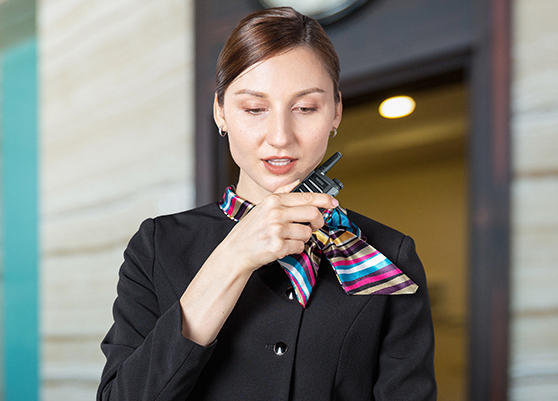How to Talk on a Walkie Talkie: A Beginner's Guide
Two-way Radio
Walkie-talkies, also known as two-way radios, are incredibly useful devices for a variety of situations, from outdoor adventures to professional uses. Whether you're a novice or an experienced user, understanding the nuances of walkie-talkie communication can significantly enhance your efficiency and safety. In this guide, we'll cover the basics, etiquette, and advanced techniques to ensure you make the most out of your radio communication.

The Basics of Walkie-Talkie Communication
Walkie-talkies operate on radio frequencies and allow for real-time, two-way communication. Here are some fundamental aspects you need to know:
Walkie-talkie usage: Ensure your device is fully charged and tuned to the correct frequency or channel before starting your communication.
Two-way radio operation: Press and hold the push-to-talk (PTT) button to speak and release it to listen.
Understanding Walkie-Talkie Codes and Lingo
Using standard walkie-talkie lingo and codes can help streamline communication and avoid misunderstandings. Some common codes include:
10-4: Message received
Roger: Message understood
Over: End of transmission, waiting for a reply
Out: End of transmission, no reply needed
Two-Way Radio Etiquette
Maintaining proper radio etiquette is crucial for clear and efficient communication. Here are some tips:
Keep it concise: Be brief and to the point to keep the channel free for other users.
Identify yourself: Start each transmission by identifying yourself and the intended recipient.
Wait for the beep: Pause briefly after pressing the PTT button before speaking to avoid cutting off your message.
Walkie-Talkie Troubleshooting
If you encounter issues with your walkie-talkie, try these troubleshooting tips:
Check the battery: Ensure your walkie-talkie is fully charged and maximize device battery life in daily life.
Verify the frequency: Make sure all devices are set to the same channel.
Test the range: Move closer to the other user if you're experiencing interference or weak signals.
Enhancing Your Walkie-Talkie Experience
To get the best performance from your walkie-talkie, consider these factors:
Walkie-talkie range: Be aware of the range limitations of your device and any obstacles that may affect signal strength.
Walkie-talkie features: Familiarize yourself with any additional features your device may have, such as weather alerts or emergency channels.
Walkie-talkie frequency: Understand the frequencies your device operates on and any regulations that may apply.
Emergency Communication with Walkie-Talkies
In emergency situations, walkie-talkies can be a lifeline, especiallly emergency communications for fire&rescue.Here's how to ensure its effeciency:
Stay calm: Keep your messages clear and composed.
Use emergency channels: Many walkie-talkies have dedicated emergency channels for distress signals.
Signal for help: Use clear, universally recognized signals like SOS if you're in immediate danger.
Conclusion
Mastering walkie-talkie communication involves more than just knowing how to operate the device. By understanding radio communication protocol, using proper etiquette, and familiarizing yourself with common codes and troubleshooting techniques, you can ensure effective and reliable communication. Whether for recreational use or in critical situations, these tips and insights will help you get the most out of your two-way radio.





